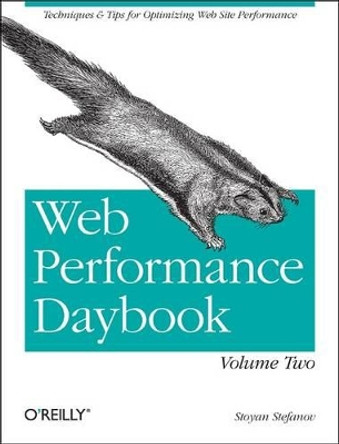As long as there's been a Web, people have been trying to make it faster. The maturation of the Web has meant more users, more data, more features, and consequently longer waits on the Web. Improved performance has become a critical factor in determining the usability of the Web in general and of individual sites in particular. This text is about getting the best possible performance from the Web: streamlining Web content, getting optimal performance from a browser, tuning both client and server hardware, and maximizing the capacity of the network itself. It offers concrete advice for quick results - the "blunt instruments" for improving crippled performance right away. The book then shifts gears to give a conceptual background of the principles of computing performance. The latter half of the book examines each element of a Web transaction - from client to network to server - to find the weak links in the chain and show how to strengthen them. Topics covered include: Web site architecture, security, reliability, and their impact on performance; discussion of scalability of Java on multi-processor servers; Perl scripts for writing Web performance spiders that handle logins, cookies, SSL, and more; instructions on how to use Perl DBI and the open source program gunplot to generate performance graphs on the fly; and coverage of Rstat, a Unix-based open source utility for gathering performance statistics remotely. In addition, the book includes many more examples and graphs of real-world performance problems and their solutions, and has been updated for Java 2.
About the AuthorPatrick Killelea currently works for a major on-line brokerage, but he won't say which one. He spends his days writing monitoring and load testing tools, and proclaiming the web to the be the one true front end because of its simplicity, portability, and performance. He thinks Microsoft is not to be trusted with your back end. Patrick knows there are huge web performance improvements yet to be realized using the details of existing open protocols. He is a fan of T/TCP and hopes one day to set up a connection and deliver an entire web page all in a single packet. Patrick spends his evenings playing with his wife and kids, and is interested in etymologies, obscure religions, and pan-seared salmon with mixed greens and a nice merlot. He likes to get e-mail about web and Java performance issues. Please visit his web site at patrick.net.
Reviews"This book still scores highly on the sections which are general in their scope, particularly the new chapters which have been written for this edition. The more specific sections feel dates, and are likely to further age extremely quickly. Overall the book is still a good source for advice on identifying performance bottlenecks and suggesting ways to tune the infrastructure to eliminate them." - Joel Smith, News@UKUUG, October 2002
Book InformationISBN 9780596001728
Author Patrick KilleleaFormat Paperback
Page Count 455
Imprint O'Reilly MediaPublisher O'Reilly Media






